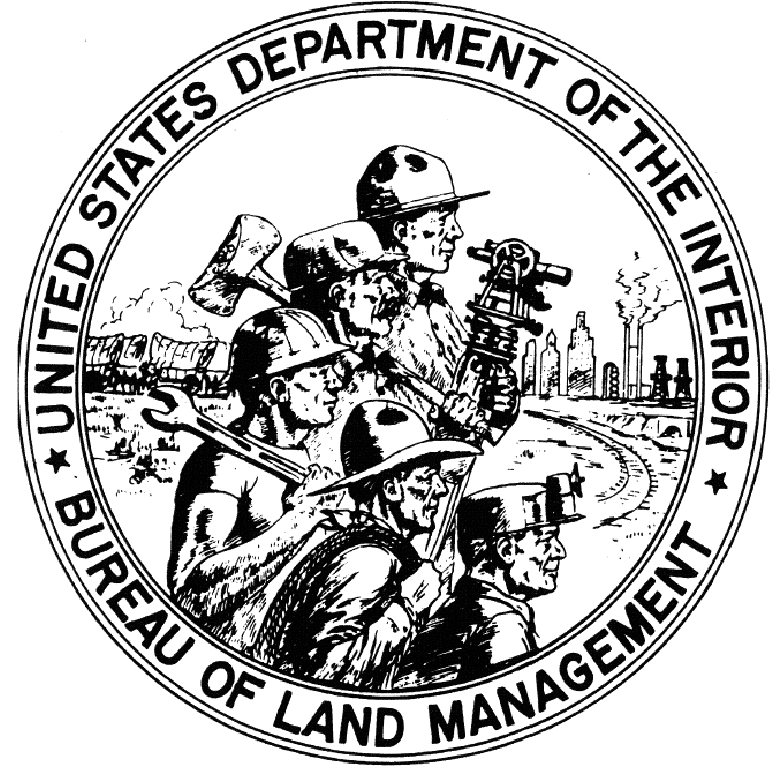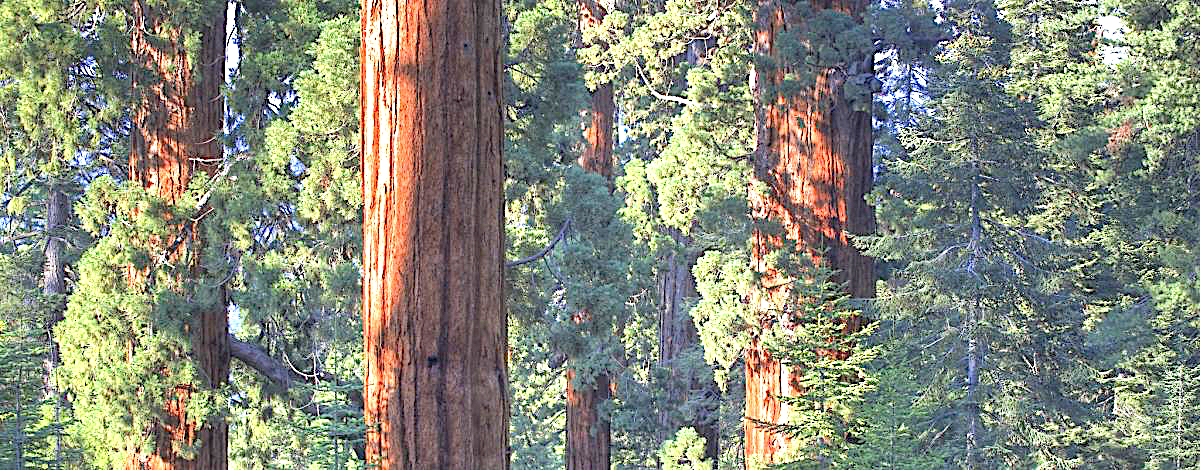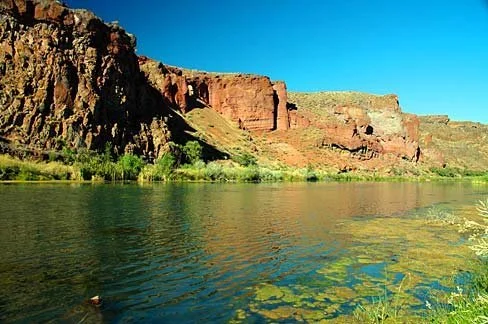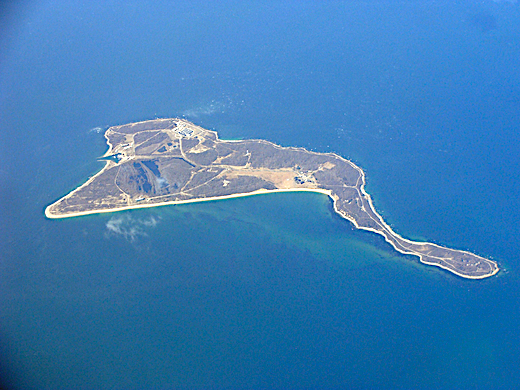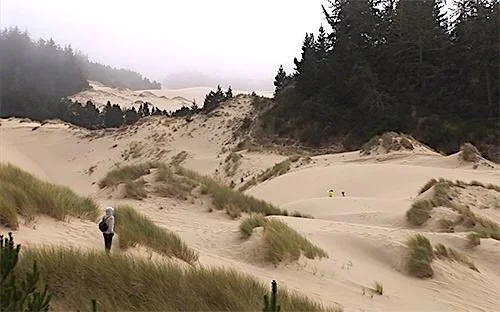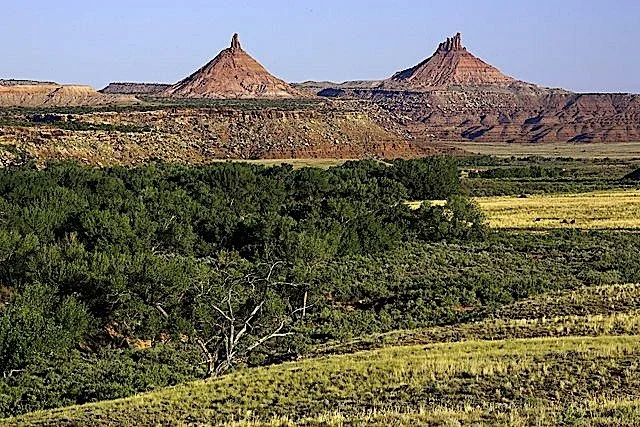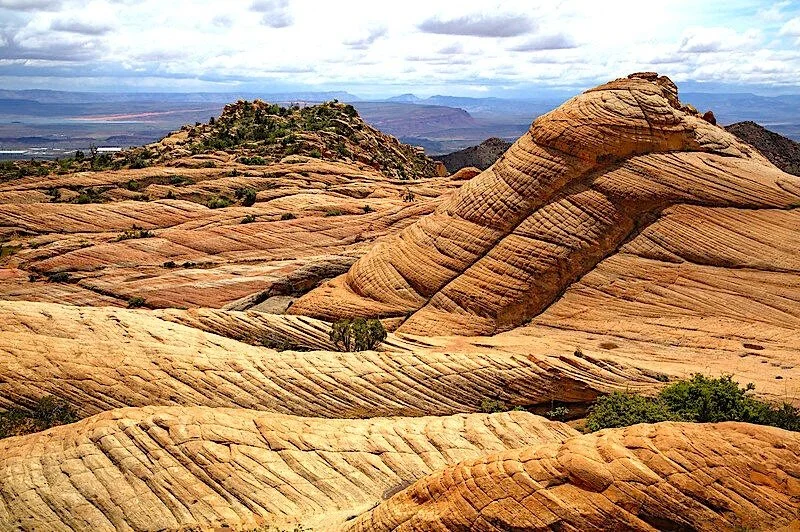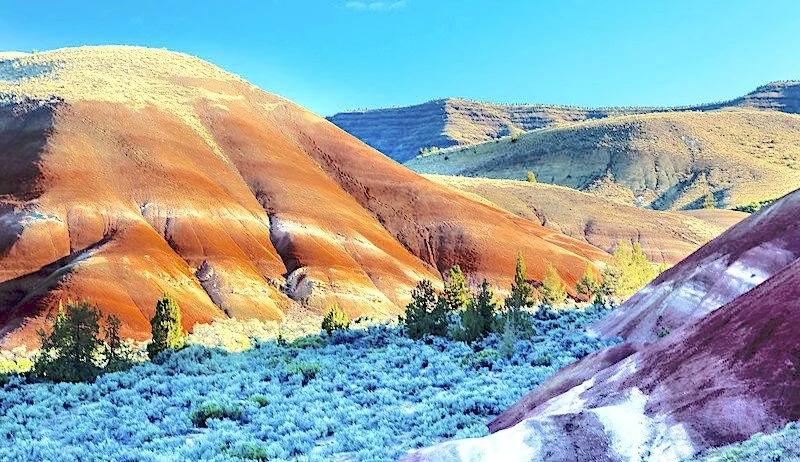Sort By Category
- 30x30
- Administration
- Antiquities Act
- Book Reviews
- Bureau of Land Management
- Climate Change
- Climate change
- Coasts
- Congress
- Counties & Federal Lands
- Courts
- Courts & Litigation
- Department of Agriculture
- Department of Interior
- Deserts
- Ecological Reserves
- Ecosystems
- Elections
- Endangered Species
- Energy
- Estuaries
- Federal Lands
- Fish
- Fish and Wildlife Service
- Forest Fires
- Forest Service
- Forestry
- Forests
- Grasslands
- Land & Water Cons. Fund
- Land & Water Conservation Fund
- Legislation
- Litigation
- Livestock Grazing
- Marine Protected Areas
- Marine Sanctuaries
- Mature & Old-Growth Forests
- Mining
- Nat'l Conservation Lands
- National Forest System
- National Marine Sanctuaries
- National Monuments
- National Monuments Act
- National Park Service
- National Park System
- National Parks
- National Recreation Area
- National Scenic Area
- National Trails System
- National Wildlife Refuges
Sort By Tag
- 1002 area
- 30x30
- 5th Amendment
- ANWR
- Acadia National Park
- Adam Smith
- Administrative Procedure Act
- Advancing Conservation and Education Act
- Alan Bates
- Alan Deboer
- Alaska
- Alaska National Interest Lands Act
- Alaska Native Claims Settlement Act
- Aldo Leopold
- American Forest Resource Council
- American Prairie Reserve
- American Tree Farm System
- American beef supply
- American black duck
- American woodcock
- Ammon Bundy
- Ancient Forest National Park
- Anders Eskil Carlson
- Andrea Salinas
- Andy Kerr
- Animal unit month
- Ansel Adams
- Antiquities Act
- Applegate Primitive Backcountry Area
- Aqua Fria National Monument
- Aquatic Conservation Strategy
- Aquatic Conservation and Riparian Strategy
- Arches National Monument
- Arches National Park
- Arctic National Wildlife Refuge
- Areas of Critical Environmental Concern
- Army Corps of Engineers
- Association of O&C Counties
- Astoria Canyon
- Astoria Fan
- Atlantic Coast
- Augusta Canal NHA
- Avarna Group
- Avi Kaw Ame
- BLM Conservation Rule
- BLM Zone 3 Lands
- BOEM Oregon Planning Area
- Baboquivari Peak Wilderness
- Baker County
- Bald Mountain Road
Malheur County Federal Land Legislation Take 4, Part 2: The Ugly, the Missing, and the Alternative
As it’s a complex piece of policy and politics, this is the second of two parts, the first of which was published last week. Part 1 analyzed the legislation in terms of the good, the bad, and the whatever. This Part 2 will analyze the ugly and the missing, and suggest an alternative.
Malheur County Federal Land Legislation Take 4, Part 1: The Good, the Whatever, and the Bad
With a few critical tweaks, Senator Wyden’s legislation could be a net gain for the conservation of nature for the benefit of this and future generations. Without those tweaks, the bill as drafted is an existential threat to the conservation of federal public lands and should not be enacted into law.
How Much Mature and Old-Growth Forest Does the US Have Left?
Supreme Court Justice Potter Stewart said it of pornography, but he could have applied the thought to old-growth forests as well: “I shall not today attempt further to define the kinds of material I understand to be embraced . . . but I know it when I see it.”
The BLM’s Proposed “Conservation” Rule: Open for Comments
The nation’s largest land manager is proposing a new “conservation” rule that might result in improved land management but more likely will serve as a shield for the agency to continue to degrade public lands at the expense of this and future generations.
Book Review: Our Common Ground: A History of America’s Public Lands
Understanding the history of public lands is useful if one is to be the best advocate for the conservation of public lands.
The Forested Estate of the Bureau of Land Management
While some states have more forested BLM land than does Oregon, in terms of biomass (think lots of big trees) Oregon’s BLM lands are likely more carbon-rich than all of the others combined.
Senator Wyden’s Owyhee Wilderness, and More, Legislation
This third try may be the charm in Senator Wyden’s long effort to enact public lands legislation to conserve wildlands in the Owyhee and lower Malheur Basins in Oregon.
30x30: Biden Needs to Up His Game
For President Biden to ensure that 30 percent of the nation’s lands and waters are conserved by 2030, as he promised, the pace and scale of protections needs to increase dramatically.
Biden’s Executive Order on Forests, Part 1: A Great Opportunity
This is the first of two Public Lands Blog posts on the president’s executive order (EO) on forests, which, among other things, unambiguously directs the federal forest agencies to conserve the remaining mature and old-growth forests. Part 1 dissects the order. Part 2 will place it in the current political context and make recommendations to various key interests on how best to ensure that the potential of the EO is fulfilled.
Senator Ron Wyden and National Recreation Areas: How Large a Legacy?
Oregon’s senior senator is poised to leave a legacy of national recreation areas. Just how many and how good that legacy will be is up to him.
Social Cost of Fossil Fuels from US Public Lands
A fee based on the social cost of carbon dioxide, methane, and nitrous oxide should be imposed on fossil-fuel mining leases on federal public lands.
The Proposed Sutton Mountain National “Monument”
Legislation has been introduced to conserve and restore one of the most colorful natural landscapes in Oregon for the benefit of this and future generations.
Clinton and Obama Giveth, Trump Taketh, and Biden Restoreth: Two National Monuments in the State of Utah
Two national monuments in Utah have been restored, but it isn’t over.
Where’s the Beef?
A huge amount of federal land is dedicated to domestic livestock grazing to produce a very small amount of feed and forage for the nation’s beef and lamb supply.
Certified Wood from Federal Forests? Hell No. Make That NFW!
The FSC is back with a new document signaling its continuing quest to certify wood products that come from federal public lands (including units of the National Park System) as being “environmentally sound, socially beneficial, and economically prosperous.” The standards FSC is proposing to apply to federal forestlands are little more than what is required of federal land management agencies now, if that. It’s called greenwashing.
Roading the Red Cliffs: Unnecessary, and Illegal to Boot
The Colorado Plateau, the Great Basin Desert, and the Mojave Desert come together in Washington County, Utah, where the Red Cliffs National Conservation Area (RCNCA) is generally centered. In this transition zone, unusual plant and animal species have evolved, including the dwarf bearclaw-poppy (Arctomecon humilis) and Shivwits milk-vetch (Astragalus ampullarioides), small native plants that grow nowhere else on earth.
Wyden’s Unprecedently Good Wild and Scenic Rivers Legislation
The proposed River Democracy Act (RDA) would expand 42 existing wild and scenic rivers (WSRs) and establish 81 new wild and scenic rivers. All the proposed new and expanded components are listed at the end of this post.
Converting State Trust Lands into Public Lands, Part 2: Focus on Oregon
This is the second of two Public Lands Blog posts on the public value of state trust lands and how such lands might be brought into public ownership. Part 1 was a national overview, while Part 2 focuses on state trust lands in Oregon.
National Parks in Oregon, Part 4: Will the Inertia Continue?
This is the fourth of four Public Lands Blog posts that examine the topic of national parks in Oregon. Part 1 explored Oregon’s one success in establishing a national park. Part 2 discussed multiple failures to establish additional national parks in the state. Part 3 examined both successful and failed attempts to expand Crater Lake National Park. Part 4 looks at the potential supply and demand for additional national parks in Oregon and the political challenges and chances.
Another Northwest Forest War in the Offing? Part 2: Current Threats and Perhaps an Epic Opportunity
This is the second of two Public Lands Blog posts that examine the management (and mismanagement) of more than 2 million acres of federal forestlands in western Oregon, administered by the Bureau of Land Management. Part 1 examined the history of rampant clear-cutting of old-growth forests and vast windfalls of revenues to local counties as a result. Part 2 examines the current threats to these public lands from the timber industry and local counties, and the opportunity that could present itself to secure permanent comprehensive congressional conservation of these imperiled lands.



